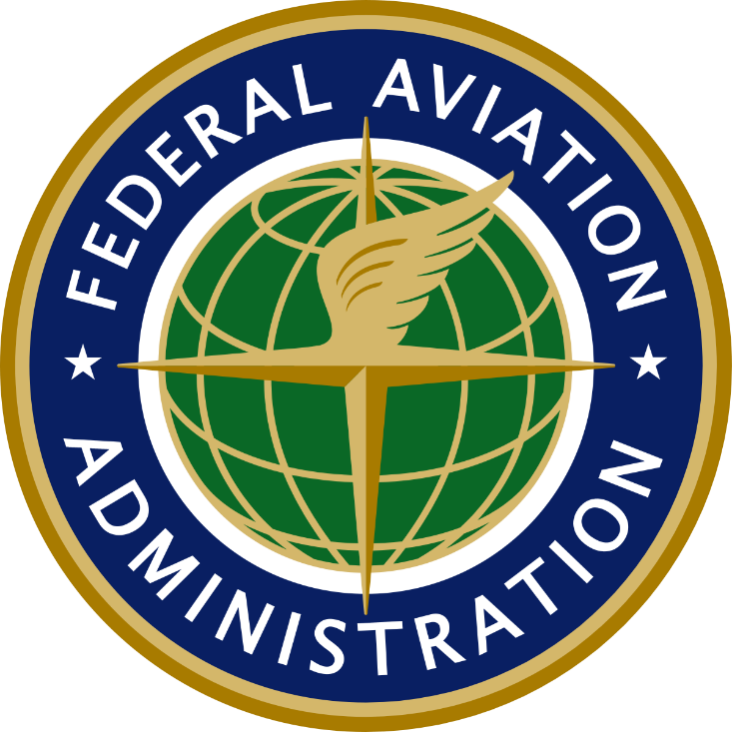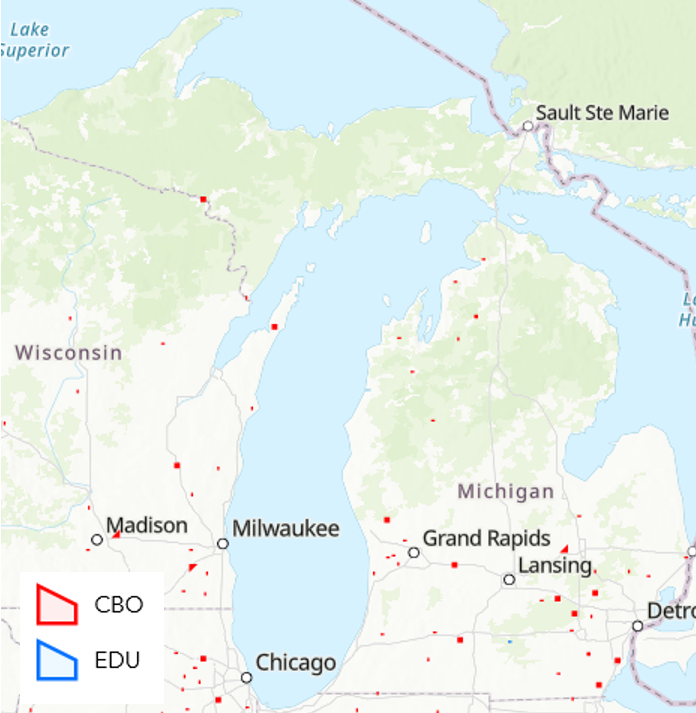New Remote ID requirement for drone operators
Several steps are required for those operating an unmanned aerial vehicle, or drone, including the new Remote ID requirement beginning March 16, 2024.

Unmanned aircraft systems (UAS), also known as unmanned aerial vehicles (UAVs) or simply as drones, have become widely available in the United States in the past decade and have been used extensively in agriculture for everything from scouting fields to collecting multispectral imagery, taking stand counts, applying pesticides and spreading cover crops and fertilizers. All pilots using drones for anything other than purely recreational purposes must become certified with the Federal Aviation Administration (FAA) under FAA's Small UAS Rule (Part 107) by passing a knowledge-based exam. Once certified, remote pilots must maintain certification by completing a free online continuing education module every two years.

Additional regulations must be followed depending on the specific operation. For example, those applying pesticides with a drone must complete Part 137 certification and, most likely, apply for exemptions for weight restrictions under Part 91. Pilots must stay informed about all restrictions and new regulations related to UAS operations.
A new Remote Identification (Remote ID) requirement for drone pilots goes into effect March 16, 2024. Remote ID is a digital license plate that informs anyone in the vicinity of a drone flight about certain details about the drone and its operation. According to the FAA, Remote ID is important to establish safety and security of the national airspace and identify those posing a safety or security threat. The Remote ID of Unmanned Aircraft final rule (RIN 2120–AL31) was published in the Federal Register on Jan. 15, 2021. The FAA exercised its discretion in enforcement of the rule, which was originally set for Sept. 15, 2023, to give drone pilots more time to become compliant and companies to develop and market applicable compliance technology.
Drone pilots have three ways to become compliant with the new regulation: 1) operate a drone that has built-in Remote ID broadcast capabilities; 2) operate a drone with a retrofit Remote ID broadcast module within line-of-sight; or 3) operate a drone without Remote ID equipment in a FAA-recognized identification area (FRIA). A compliant drone must broadcast its unique Remote ID serial number, location, altitude, velocity and control station or takeoff location while in flight. Anyone in the general public with a scanning tool/app can access Remote ID information. However, only those authorized (e.g., aviation safety inspectors, law enforcement, air traffic security specialists) can request additional information about a UAV.

To begin, ensure that your Remote ID standard drone or Remote ID module is approved by visiting the FAA-approved Remote ID Declaration of Compliance website. Recreational drone pilots using an aftermarket Remote ID module can purchase a single module and use it on all drones in their inventory. However, Part 107 pilots without a standard Remote ID drone must purchase a separate Remote ID module for each drone.
Pilots must register their Remote ID status with the FAA either through a new registration or an update to an existing registration. Recreational drone pilots may apply their registration and Remote ID number to all drones in their inventory in a single registration via the FAADroneZone website. Part 107 pilots must login to the FAADroneZone website and register each drone separately and have a separate Remote ID serial number for each drone. Remote pilots who operate a non-compliant drone outside of a FRIA after March 16, 2024, may face fines and suspension or revocation of their pilot certification.

For further information about Remote ID or other topics related to UAV operations, visit FAA’s Unmanned Aircraft Systems website, contact the UAS Support Center or call 844-FLY-MY-UA (844-359-6982).



 Print
Print Email
Email